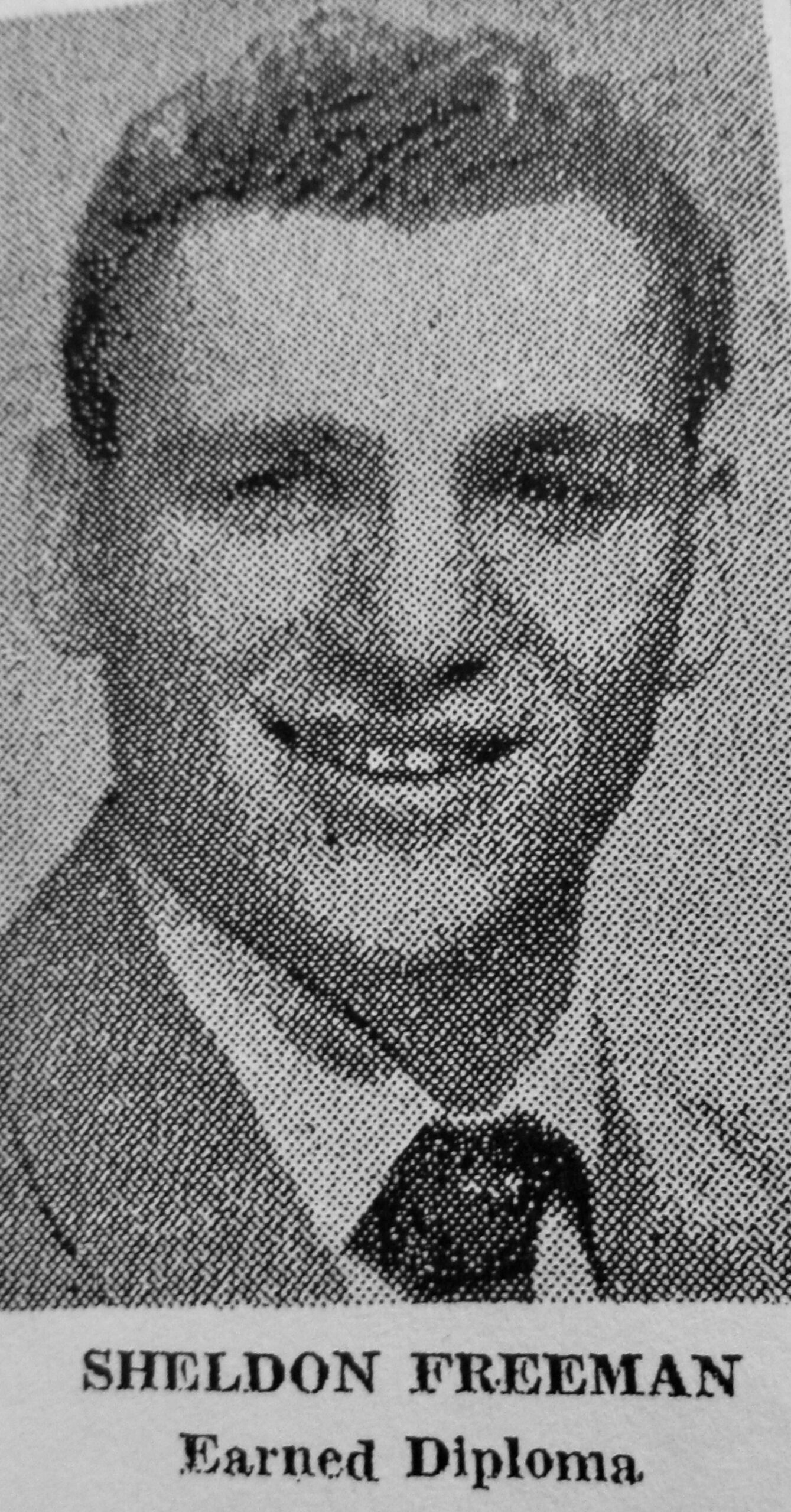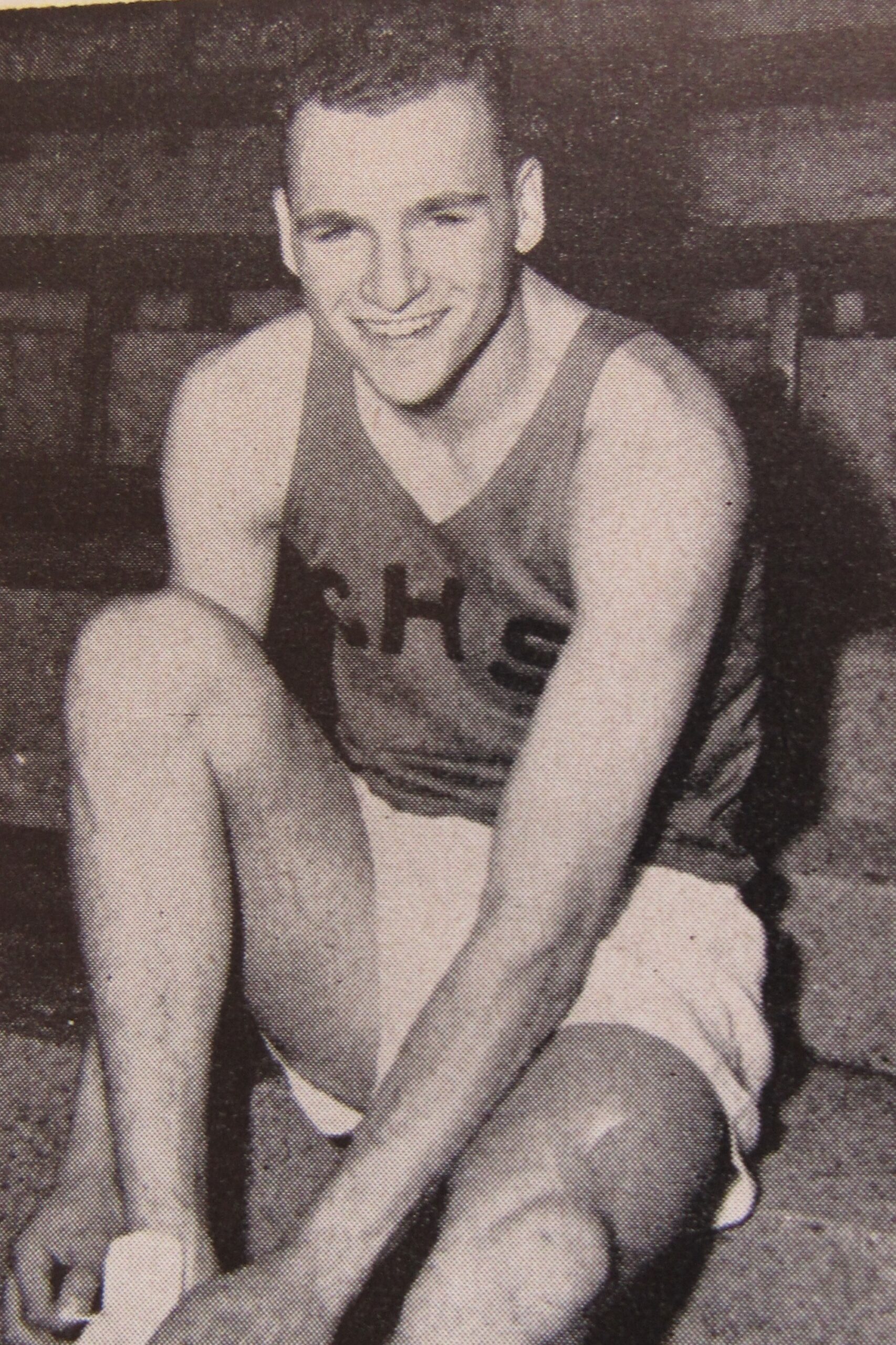Steve C. Baldwin, Ph.D.
Nov. 11, 2020
[EDITOR’S NOTE: the author and Sheldon Freedman were schoolmates at Horace Mann School for the Deaf and Hard of Hearing in Boston, MA.]
When I received the online November edition of the JDCC News (established August 1992), I was delighted to see the main feature about Jews in the Deaflympics. I know Rafael Pinkhasov Pinchas since I bought an autographed copy of his “The History of the Deaflympic Games” book on April 9, 2015. Rafael met me in the Gallaudet University Archives and Deaf Collections room, and somehow, he knew I was a Deaflympian for the USA in 1965 and 1969. He didn’t have to twist my arm to buy his 425-page book. In fact, I still use the book for historical reference and research. I definitely enjoy all the incredible photos and memories, statistics, and stories about the past Deaflympics up to 2014.
Indeed, I was more delighted to see the name and photo of my friend Sheldon Freedman of Boston, Massachusetts. Actually, he lived in Chelsea, right across Mystic River and Tobin Bridge, which connects my hometown Charlestown, only a 0.19749 nautical mile away. In fact, I used to swim across that river until the water became polluted, especially with ship rats swimming faster than me. Those were the daring, dangerous days of reckless and foolish youth!
Anyway, I met Sheldon in the late 1960s, and his brother David was my classmate at the Horace Mann School (established in 1869), the first deaf day school in America. Sheldon was a legendary track and field star in the New England Deaf community’s eyes and minds. He and David were on the “A” team of the Boston Deaf Club basketball team, and I played for the “B” team in the early 1960s. Watching the brothers David and Sheldon fast breaking up and down the court was like watching a 60-yard indoor dash! Yes, they were blazingly fast!
How fast was Sheldon, and how far did he jump? His record at Chelsea High School (CHS) in the long jump was 22 feet and 2 ¾ inches, which still stands since 1955! His record for the 220-yard dash at 22.5 stands strong after 66 years! As the anchor leg in 1955, he helped set two relay records, the 4×220 and mile relay for CHS. It is no wonder that the immortal Art Kruger called him “The Schoolboy Sensation of Massachusetts” in the 1957 August magazine of The Silent Worker. With Sheldon on the team for three years, CHS track and field team never lost a dual meet!

Photo: Besides being a record-breaking short distance runner, Arnold was a champion Deaf world and high school record holder in the long jump. His best jump was 22 feet and 4 ½ inches. From Chelsea High School Online Yearbook 1954

Photo: Arnold’s senior class photo in the local newspaper. From Chelsea Record newspaper clipping, June 2, 1955.
As mentioned in Rafael’s article, Sheldon became the first American Jew to win a “complete set of medals,” meaning the gold, silver, and bronze in the 1957 deaf summer games in Milan, Italy. He earned gold as an anchor leg for the 4×100 relay team, silver as the third leg on the 4×400 relay team, and a bronze in the 100-meter final. But what happened in his favorite event, the 200-meter dash? Despite breaking the world deaf record at 22.7 in the third heat, he placed a disappointing 5th in 23.4 in the finals. And he didn’t even do well in the long jump. His best jump was better than the silver medal winner. In fact, he set the Deaf American record at 22 feet, and 4 ½ inches before the International Games for the Deaf took place in Italy.
Later he told me in 1967 that he was injured, which explains his sub-par performances. Under the circumstances, his excuse was a gross understatement. After all, he got three medals, broke a couple of records, and has been out of competition since he graduated from CHS two years earlier and practiced on his own with his father’s help! There were no track clubs, and he took part in some Olympic Development meets in South Boston that I used to partake in as a long-distance runner in the summer of 1967. Plus, he had a full-time job as a hot-type printer with an ITU card and had a family to support.
Memories aside, I want the readers to know that Sheldon was the Carl Lewis of his time and how the passage of time tends to make the past hall of fame voters overlooked his achievements on the dirt track. However, Chelsea High School didn’t forget Sheldon’s amazing track and field feats when they inducted him into its athletic hall of fame in 1986. What about the old American Athletic Association of the Deaf (AAAD)? Didn’t they ever induct Sheldon before they changed to the United States of America Deaf Sports Federation (USADSF) in 1997? Nope. Not yet.
More than half a century later, I decided to nominate Sheldon for the USADSF Hall of Fame for athletes. I nominated him in 2004 and again in 2011 and had plenty of documents to vouch for his qualifications. Believe it or not, Sheldon didn’t make the cut when the longtime hall of fame chair D. Cole Zulauf, a 1991 USADSF inductee, announced the Class of 2012 USADSF Hall of Famers. Five years later, I attended a USADSF board meeting, which took place in Austin, and explained why Sheldon deserved to be in the hall of fame. I argued that the voting system was grossly outdated and cumbersome, with over 30 voters from over 32 different sports! That’s the voting system’s biggest flaw. I personally doubt that most of them ever read my 30-page nomination portfolio. There was no action by the USADSF board until they revived the hall of fame business in 2020. Has the board finally reformed the voting system? More importantly, will there ever be light at the end of the tunnel for Sheldon, the forgotten track star?
Was I experiencing systemic racism? That’s a moot query. According to my friend and America’s foremost Deaf sports writer and sports historian Barry Strassler, there are about 38 American Jews enshrined in the AAAD/USADSF Hall of Fame for athletes, writers, and leaders. I personally know nearly half of the inductees, and each one deserved the honor, particularly Art Kruger, Alex Fleischman, Larry Fleischer, and several others.
Why not Sheldon Freedman, the first true multi-event track and field star in modern times that was evidently the high point man for three years in high school when there were no educational support services? What do we call it? Injustice? Or basically an overlooked super track star? Definitely forgotten in the present times. But let’s not give up hope.
By the way, Sheldon will be 85 years old on May 6, 2021. He lives in Lynn, Massachusetts, and has retired for a long time as a printer. After his open-heart surgery eleven years ago, he seems to be doing just fine since I last touched base with him on November 3, 2011.
After an absence of seven years, USADSF finally named six inductees on October 20, 2020, posted on social media. No, Sheldon is not one of them. In foresight, perhaps a little donation to USADSF with a note saying, “In honor of a true forgotten track star named Sheldon Freedman,” will help. Hint, hint! Needless to say, a little harmless benevolent publicity machine will surely help my third nomination campaign on Sheldon’s behalf. Nevertheless, wish me luck for my third attempt for Sheldon Freedman and pray that it is a realistic charm! Thanks to the recent JDCC e-newsletter, I’m able to jumpstart my nomination, which is like a shot in the arm for me, albeit the badly needed vaccine against COVID-19. Shalom!
Dr. Baldwin is a retired educator who lives in Austin, Texas. He authored two books, and a third one is due in 2021. A writer of over 100 published articles and 37 produced plays, Baldwin also holds five long-distance records and several cross-country marks at Gallaudet University. Currently, he represents Region 3 as a member of the Deaf Culture & History Section of NAD.)
Source: Steve C. Baldwin, Ph.D.





